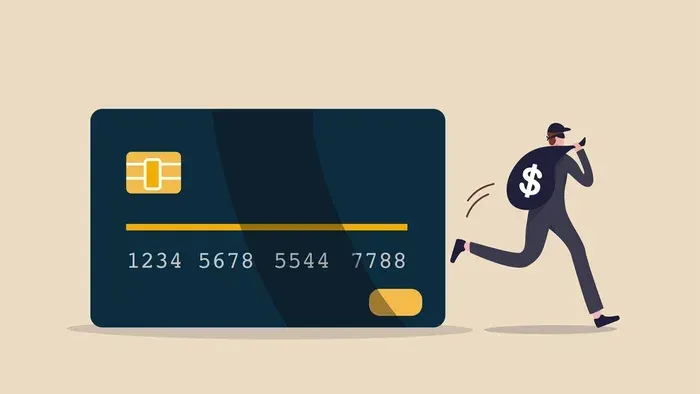The Ultimate Disconnect: Your Brand Clashing With Your Outdate IVR
I think we’ve all had the experience of calling a company – after having been on their website and deciding to do business with them, motivated by the sleekness and sharpness of their website – and then had the jarring sensation of wondering if you’ve actually misdialed and you’ve called the wrong company.
The phone system is just so….different….from the image that the website created. It sounded amateur, and almost “thrown together” at the last minute.
Or worse: your own company is actually a contender in your industry, but your opening greeting and voicemail messaging makes it sound like you’re a small mom and pop business, who just put together a slap-dash phone greeting, likely voiced by a staffer, recorded over the handset.
And that’s a serious disconnect.
The branding messaging of your website, your social media, your YouTube presence – and yes, even your telephony identity – all needs to project a cohesive image. Without it, your customers are forever reconciling who they thought you were with what it’s actually like to transact with you. As much as the preferred mode of contacting a company remains online, your phone system will still always be an integral portal through which to connect with customers, and yet, it is often overlooked in the overall branding message.
So how *do* you get all your various outward-facing images to project a unified, unmistakable image?
Ask Yourself: If My Company Had a Voice, What Would It Sound Like?
I love the commercials on CNN for Indeed, the hiring company; the voiceover guy is casual, likable, relatable, and not at all corporate-sounding. He actually sounds a lot like CNN’s Jake Tapper – and that’s probably not by accident. Both men sound straightforward, and casually well-articulated. That “personality” matches the product. And if viewers like Jake Tapper, they might feel an affinity for a product with a “Tapper-like” sound. Think about your company and the image you’re projecting. If that were a person, what would they sound like? Esoteric stuff, I realize; but it’s critical for you to think about when selecting and directing your telephone voice talent.
What Does My Website and Social Media “Say” About Me?
Your website is no place to cut corners or to recruit your nephew to design it. It invites users to develop an instant impression about your company, and it’s all important that it’s done correctly. If your company’s website is deliberately basic (that’s OK) and creates as few steps to get the user to the solution they want, then ensure that your phone system does the same. Perhaps your website is slightly more complex, multi-level or “ornate” – feel free to mimic that in the style and construct of your phone options. Are you an influencer in your industry? Or is that not actually a consideration? Completely your choice. Just make sure that all of your outward-facing images reflect that. *Even your phone system.*
What’s the Overall Impression I Want Callers to Hang Up With?
That “hangover” sense-memory feeling after you’ve dealt with a company or an individual employee is an important takeaway. We’re in the middle of home renovations, and I’ve called so many different flooring and painting companies for estimates, it can be overwhelming. But I *do* remember the quality of the IVR (of course *I* would…) and I have a sense-memory of what it was like to deal with them. It’s more of an impression that I came away with than a memory of tangible content we discussed. What can contribute to that impression is the ease with which you got through the phone tree to a live person, and the minimal frustration caused by the automated portion of the transaction.
You want to avoid – at all costs – a “clash” in the image between your website or social media presence and your telephony presence; they should all work together in a cohesive and professional way, offering clients both a clear and accurate depiction of your company *and* your place in your industry.











